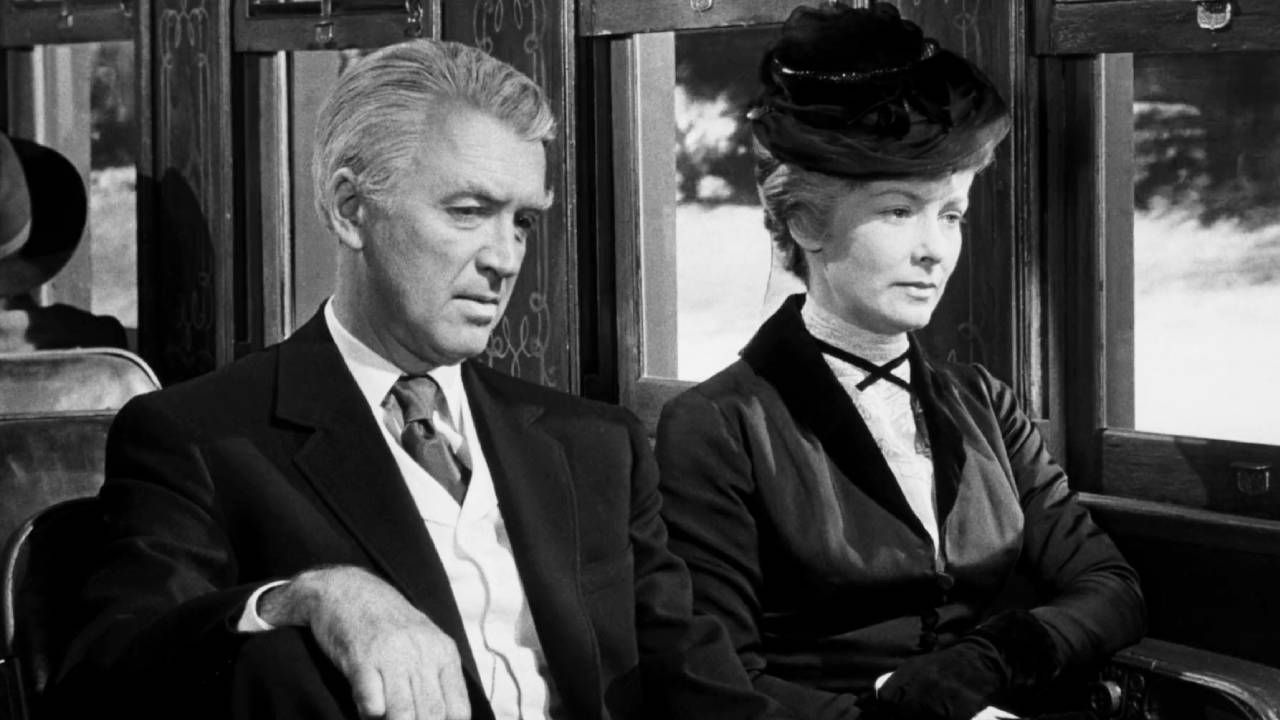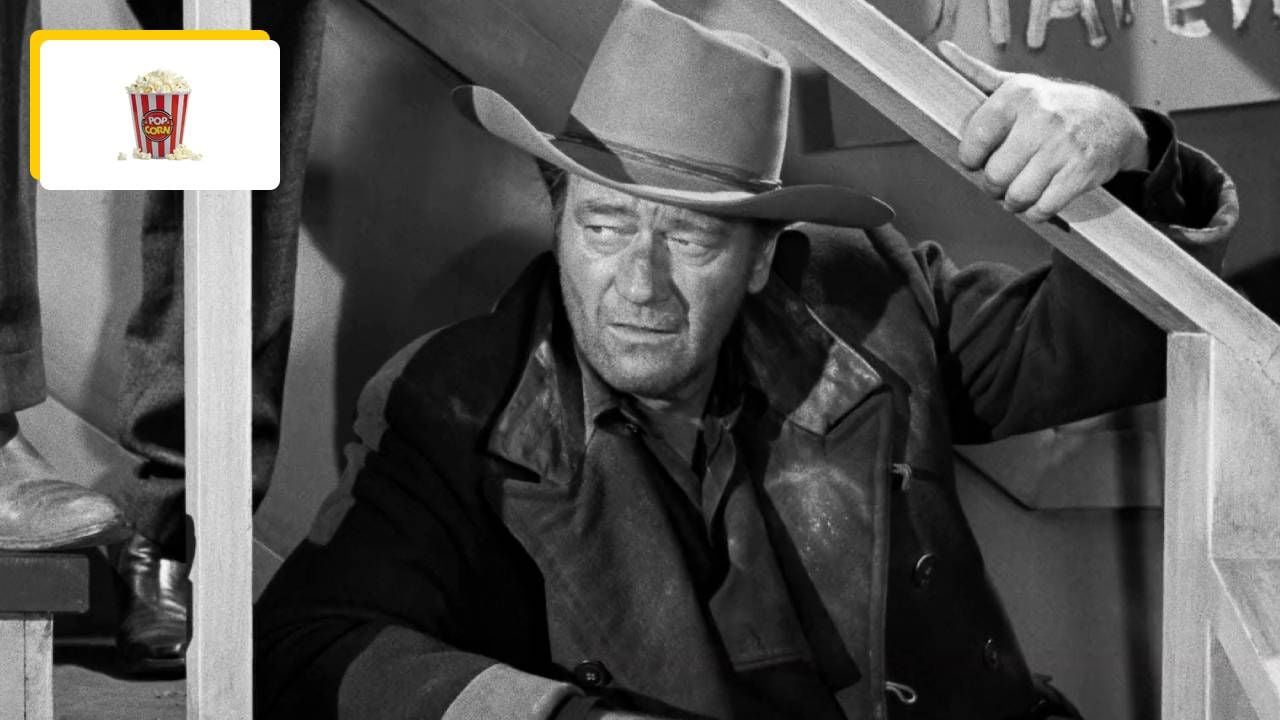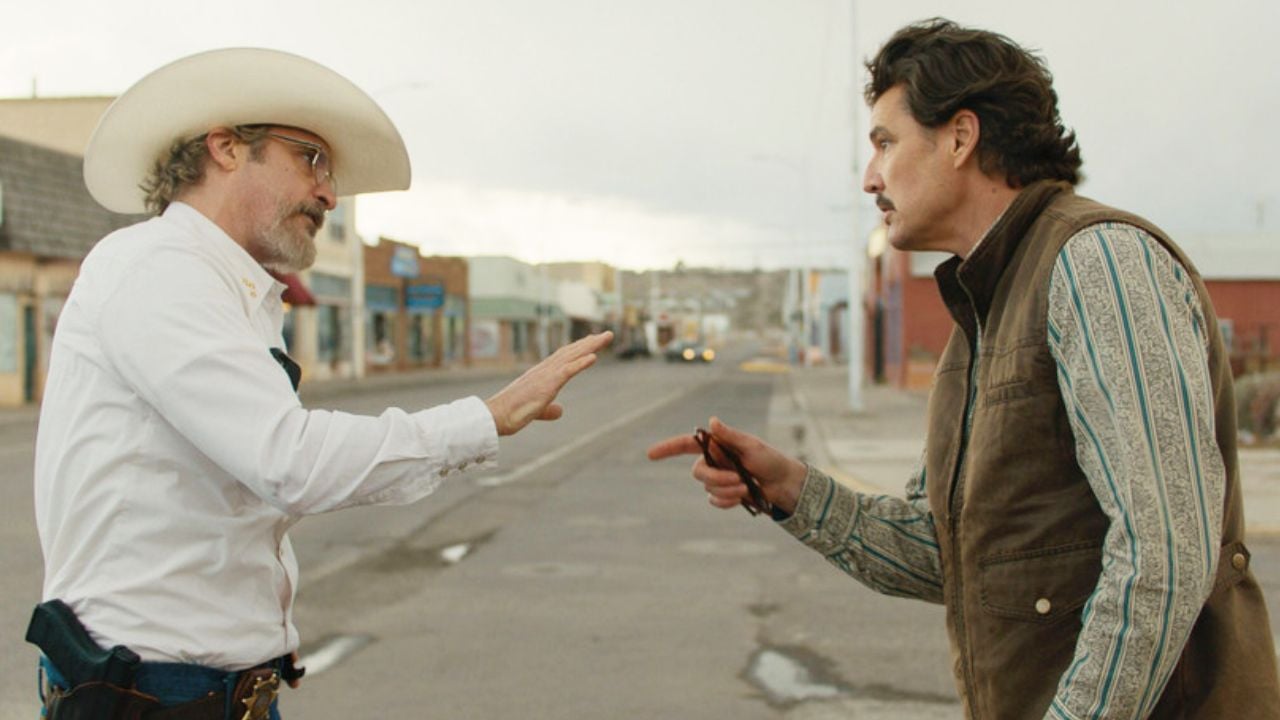Some time ago, the AlloCiné editorial team got together to compile a list of the movies you’ve seen in your life by genre. And among the list of the best westerns is one of the great classics of the genre that has remained forever: The Man Who Shot Liberty Valance.
Rated 4 out of 5 by over 4,500 voters, this John Ford film with John Wayne, shot in limited black and white (Paramount imposed this condition to keep Ford’s film costs down) is one of 10. Westerns seen in your life.
Irony movie
The film opens with the arrival of Senator Ransom Stoddard (James Stewart) and his wife Holly (Vera Miles), who have arrived to attend the funeral of a certain Tom Doniphon. When questioned by local reporters, the senator explains how he knew the deceased years ago, then begins a lengthy flashback that lasts almost until the end of the film. Stoddard recounts his encounter with the psychopathic bandit Liberty Valance (Lee Marvin) and the adventurer Tom Doniphon (John Wayne).
Using a flashback, director John Ford immediately tells us that this will not be a suspense film: we already know that Ransom and Hal will get together and that they will survive the film, as well as Doniphon. But then what to say? He seems to be interested in the would-be senator and adventurer, but also in his antagonist, the hyper-violent Liberty Valance, who gives the film its title. And to characterize his evil character, Ford does not shy away from any exaggeration.

Lee Marvin unleashed it
Lee Marvin, who plays Liberty Valance, literally inhabits the violence, a brutality rarely seen at the time, attacking a man on the ground with a whip and is a constant threat. When he’s killed (as the film’s title suggests it will be), it’s a completely different movie before our eyes.
“We publish a legend”
At the end of the film, Ford returns to the present. Old man Ransom Stoddard says his entire political career was built on lies (which we’ll keep a secret if you haven’t seen the movie). And one of the journalists listening to him tells him that his confession will never be revealed: “We are in the West, here, when the legend exceeds the reality, we publish the legend.”

Tragic heroes
Then we find out that Ford’s theme was more twilight than we thought. What he tells is the end of the myth of the end, as he told it in several previous Westerns. The American West was built on legends, not facts. So beware of legends. A clarity and disillusioned outlook that foreshadows (we’re in 1962) the demystification of the Western in the 1970s by a whole new generation of filmmakers.
With this theme, by portraying John Wayne as a glorious loser rather than a conventional hero, it’s as if the Western boss announced to the audience, “We all believed it, but it was just bullshit. Smoke. And mirrors,” while proving that the love he’s putting into the film, That we all loved to believe in. Probably John Ford’s best film.
Source: Allocine
Rose James is a Gossipify movie and series reviewer known for her in-depth analysis and unique perspective on the latest releases. With a background in film studies, she provides engaging and informative reviews, and keeps readers up to date with industry trends and emerging talents.






